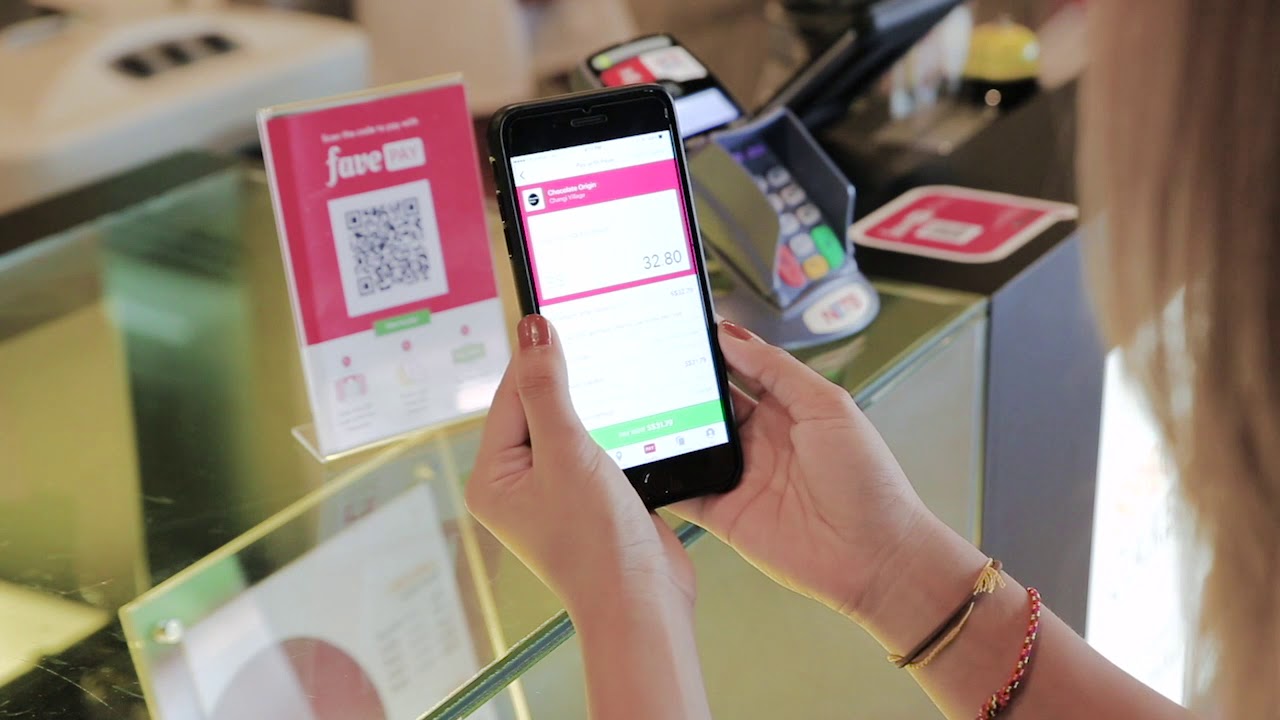Though operational for quite some time now, FavePay has finally made their Malaysian debut official with a press release, and they’re joining the ranks of Samsung Pay and Alipay to make cashless great in Malaysia.
But they’re not the only people jumping aboard the paperless train. Grab has solidified their hold in GrabPay, and this is not to mention the many startups now adopting cashless payments, e-commerce, to even the Touch ‘n Go’s that are slowly phasing out from cash top ups at toll gates.
With Bank Negara making a strong move towards cashless and the many companies—such as FavePay—happy to comply, here are some challenges that we think they need to overcome before it can be widespread in Malaysia.
1. Setting up can be a hassle.

Sure, cashless systems hold the honour of being easier to use, but the downside is that setting up might require an initial inconvenience—even more if you’ve never used cashless before and you’re not sure what to do.
On my end, it took way too long to figure out that before cashless transactions were even possible, I had to give my bank a call to enable e-commerce transactions.
Even if you know how to do it, the fact that you have to expend some effort to get it done might deter users. After all they can just use the tried-and-true method of digging through wallets and bags for cash and cards.
For their part, the new FavePay exists to aggregate most or all of the existing players in Malaysia today. So instead of competing with Alipay, Fave actually has the e-wallet giant on board in Singapore.
They even offer users deals to get on board with the system, which would perhaps garner enough interest to download and install the app, helping to remove barriers. They’re also friendly towards phones that aren’t NFC-enabled, being a primarily camera-focused app.
But even for FavePay’s efforts—considering that they’re actually looking to help reticent Malaysians adopt cashless technology—they’re currently only available in restaurants. We’re sure that more merchant adoption is coming, but that’s going to be an uphill battle in on itself, because:
2. There’s a fear of cyber-attacks.

As much as retailers and owners of these cashless systems tout the best of security protection softwares or firewalls, they cannot guarantee with 100% assurance that data wouldn’t be stolen, and money siphoned off.
Take the example of the ransomware WannaCry that managed to shut down entire companies from operating due to a small flaw in the Windows systems they were running.
But on a more specific, credit card information-related example, Equifax, one of the largest credit reporting agencies in America reported a personal information breach that impacts practically half of America. This organisation is definitely more well-established.
Hackers are also tricking mobile carriers overseas into letting them change the phone associated with a phone number, allowing them to drain Bitcoins from people.
The companies are all trying to put sufficient securities in place to prevent such issues—but getting the public to trust them enough to hand the information over to them is another matter.
In terms of security and privacy, there are also some who are leery of having a system that can track exactly how much and when they’re spending on anything and everything.
3. Not enough shops adopting cashless, or implementing it well.

It’s a fact that while adoption of cashless terminals is growing in Malaysia, the problem is that sometimes, they’re not actually usable once you get to the store.
I had a quick chat with my colleagues, and they’ve shared similar experiences with me. This has happened everywhere from fast food restaurants to prominent retailers. Often, it’s not that they don’t have terminals in place. Sometimes, they’re staring at you right in your face—the retailers just aren’t using them.
Perhaps due to inadequate onboarding, lack of proper staff training, difficulties in migrating some functionalities, to streamlining the process to work their established tallying systems, some existing companies might still find it easier to only take cash as a means of purchasing.
It is also worth noting that part of this is due to user demand as well. The vendors could have set up the terminals, but if not many Malaysians are actually using cashless, then merchants really have no reason to leave the option enabled.
There’s even precedent in Singapore for functions like using a QR code to pay. Due to a lack of usage, the QR code scanners were placed behind counters, and only brought forward when someone requests to use them.
4. Accessibility for all.
Sure, the smartphone penetration is quite high here in our corner of Asia. And this number continues to grow. But as more and more of our functions expand throughout society, are we leaving the un-tech savvy and those at a disadvantage behind?
The obvious losers would be those of the aging population who are slower to absorb information about new technologies, at their age or even younger people who might not have bank accounts yet. Then, there are also those who are of a lower income, who often get paid purely in cash.
People who are unbanked or who don’t have enough money to start a bank account are automatically discriminated against when a society goes cashless.
Without proper infrastructures that are agreed upon, is our move towards going cashless just another hurdle we’re making them jump?
However, the news isn’t all bad. Malaysia has been found to have one of the highest levels of financial inclusion in Southeast Asia, with 81% of adults having a bank account, so we have a good place to start from.
5. There isn’t really a need to go cashless.

Cashless is convenient.
But when you compare our nation versus countries like China and India, we don’t actually have as much of a need as they did to adopt this system.
Mainly, I see Bank Negara’s move towards cashless as a way to keep up to date with current technological trends.
Compare this to the situation in India or China, where counterfeit cash ran rampant and there were issues of undeclared finances. One thing that Malaysians can relate to though is the idea of getting physically robbed. That being said, the PayPass/PayWave-enabled cards do contribute to even more of this concern among Malaysians.
For a large number of our nation’s citizens, is there an actual need for us to go cashless? It’s convenient, sure. But are they actually solving a problem?
###
Despite all of these challenges being brought up, I’ve said before and I’ll say again that I’m all for a more cashless society.
I just think that there can be a more concentrated effort to bring Malaysians on board with this cashless move, which I can see is what companies like Fave, Samsung and Grab are attempting.
Our neighbours down south in Singapore are already gearing up and driving towards a cashless society, and it looks like they’re off to a good start.
In our case, my hope is that when we move forward, we do it for the sake of bettering the quality of life for all members of society, not just for the mindless chasing of tech and innovation.
Feature Image Credit: FavePay









